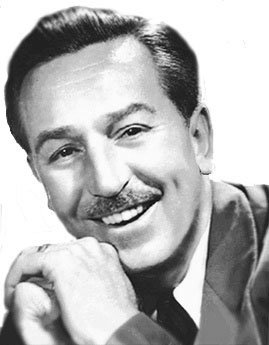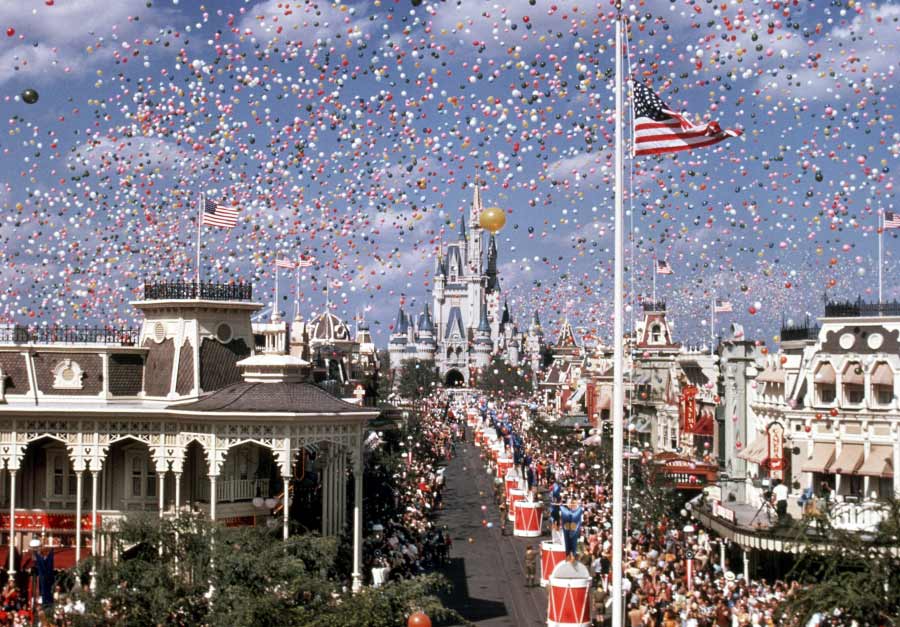Walt Disney is a name everyone around the world knows. Famous for his animated movies such as Snow White and the Seven Dwarves or Pinocchio. Not only that, but he also founded and created two theme parks, Disneyland and World. His works are still popular today, with more being made by the studio he founded with his brother, Walt Disney Productions. To read about Disney’s early life/career click here.
After Snow White became such an instant hit, Walt Disney and his employees began to work on Pinocchio in 1938. At the end of the year, work on Fantasia began. In 1940 the two films were released to the public. However, by February of 1941, the company was in debt because the films had not done nearly as well as planned. So, Disney and Roy cut their employee’s salaries down and started a public stock offering. Many animators and employees left while Disney was on strike and on a trip to South America.
Dumbo had been in the works during this time, but because of Disney’s strike, production on the new film was postponed. In October of 1941, Dumbo was released. The company had gone a much more inexpensive route with this film. Lucky for them, Dumbo did much better than their two previous films.
World War II soon began. Disney was tasked to create films for the military with his new company, Walt Disney Training Films Unit. Not only that, but Secretary of the Treasury, Henry Morgenthau Jr., spoke with Disney on producing new cartoons for the promotion of war bonds. Disney agreed and worked to create Donald Duck shorts. Der Fuehrer’s Face and Victory Through Air Power were both produced by Disney for propaganda. The former even won an Academy Award. Through these new films, Disney was able to make enough to get his company out of debt.
Next, Bambi was produced. The film had been in the works since 1937 and was released five years later in April! Yet again, this film did not do as expected in the box office. Disney and his company now owed the Bank of America $4 million dollars. For a while there, not many films or shorts were produced. After Roy suggested they attempt live action films, True-Life Adventures, a series of films, were created. the first film, Seal Island, won an Academy Award.
Disney and his family moved in 1949 to a different part of Los Angeles, Holmby Hills. There, Disney worked on creating a railroad for his backyard. Roger E. Broggie, an engineer who worked for Disney, built the train. Named Lilly Belle for Disney’s wife, it was eventually moved into storage. There had been too many accidents with it for Disney to keep it in his yard.
In 1950, Cinderella was produced. The film had cost nearly $2.2 million, but it made $8 million just in the first year! Disney had not produced an animated film for nearly eight years at this point because of his company’s debts. Treasure Island was also being worked on at the same time. It was released that same year. Another live action film was produced in 1952 as well, Robin Hood and his Merrie Men. The previous year, Alice in Wonderland was released and then Peter Pan in 1953. Disney, however, was becoming notably less and less involved in his productions.
The idea of creating a theme park had been in Disney’s mind for awhile. He knew that he wanted his to be perfect for all ages and kept clean. Disney visited many parks, often with his daughters, while the idea was still fresh in his mind. In 1952, Disney was granted an area in Burbank to begin construction on his new park. In the end, that spot was far too small for what Disney wanted, so they bought land in Anaheim.
Disney was worried that his park would become criticized if kept too closely involved with his studio. So, he created a new company, using his own money as well, with designers, animators, and engineers to help him plan the park. It was called WED, though later it became known as Walt Disney Imagineering. Most likely because his engineers and everyone involved in the creation of the park were called “Imagineers”. Disney sent all of his “Imagineers” to analyze every theme park in the country in 1954 to get a good idea or theirs.
In July of 1954, construction began. Then, In July the following year, Disneyland was opened to the public. The opening, broadcast on ABC (American Broadcasting Company), had over 70 million views. Disneyland was an instant hit. In the first month there were over 20,000 visitors daily. At the end of the year, an estimated 3.6 million people had visited the park.
ABC produced a Christmas special in 1950 of a documentary about how Alice in Wonderland was created. The special was quite successful and earned Disney a great sum of money. ABC often had shows about Disney and his park or films, only adding to the money they were making. The Mickey Mouse Club was shown daily on ABC in 1955. Disney went on to creating his own record company he called Disneyland Records after a theme song to his ABC miniseries Davy Crockett became such a hit.
For the 1960 Winter Olympics being held in Squaw Valley, California, Disney worked on the opening, closing, and medal ceremonies as chairman of the Pageantry Committee.
Disney, though not overly involved with the productions, helped to oversee Lady and the Tramp (1955), Sleeping Beauty (1959), One Hundred and One Dalmatians (1961), and The Sword in the Stone (1963). After attempting to gain the rights to P.L. Travers book series, Mary Poppins, for many years, Mary Poppins was produced in 1964.
For the 1964 New York World’s Fair, Disney worked on four exhibits that included It’s a Small World, Great Moments with Mr. Lincoln, Carousel of Progress, and Ford’s’ Magic Skyway. All four of these would later be moved into Disneyland, though different models than the originals.
In the 1960s, Disney worked on plans for a ski resort he wanted to create in Mineral King, an area in California in the Sierra Nevadas. He also got to work on creating another theme park. Disney announced his plans for Disney World which would near Orlando, Florida. Disney World would be a much bigger and greater version of Disneyland. It opened October 1, 1971. Disney would not live long enough to see the final result.
The Jungle Book, a live action produced in 1967, was heavily worked on by Disney, unlike some of his recent films. The Happiest Millionaire, another live action but this time also a musical, was produced the same year. Disney also worked hard on a new short, Winnie the Pooh and the Blustery Day.
Disney was diagnosed with lung cancer in November of 1966 due to the fact that he often smoked cigarettes. He began to feel ill on November 30. Disney was taken to a nearby hospital, St. Joseph Hospital. Then, on December 15, he died from circulatory collapse. It was only ten days after he had turned sixty-five. To this day, he is still known around the world and his legacy still lives.





